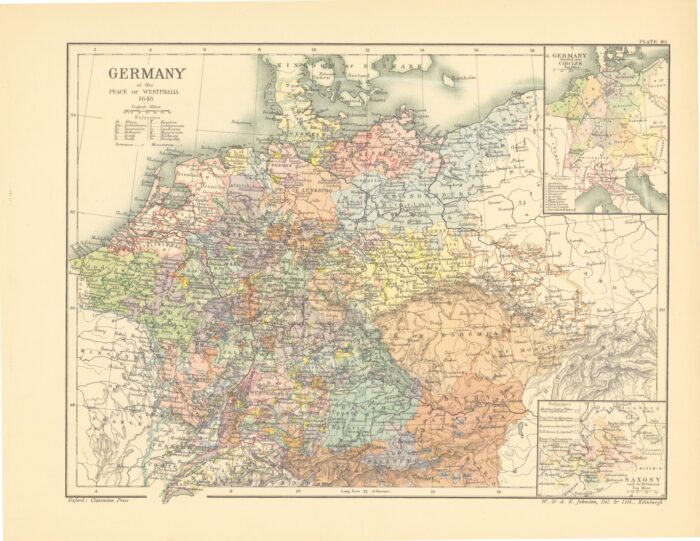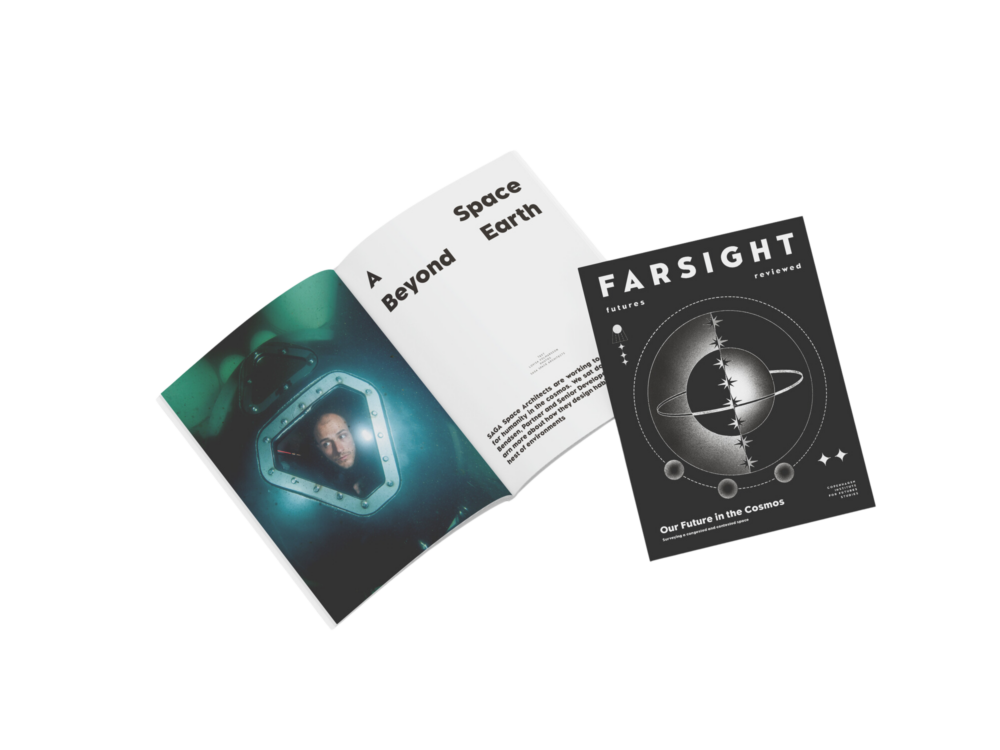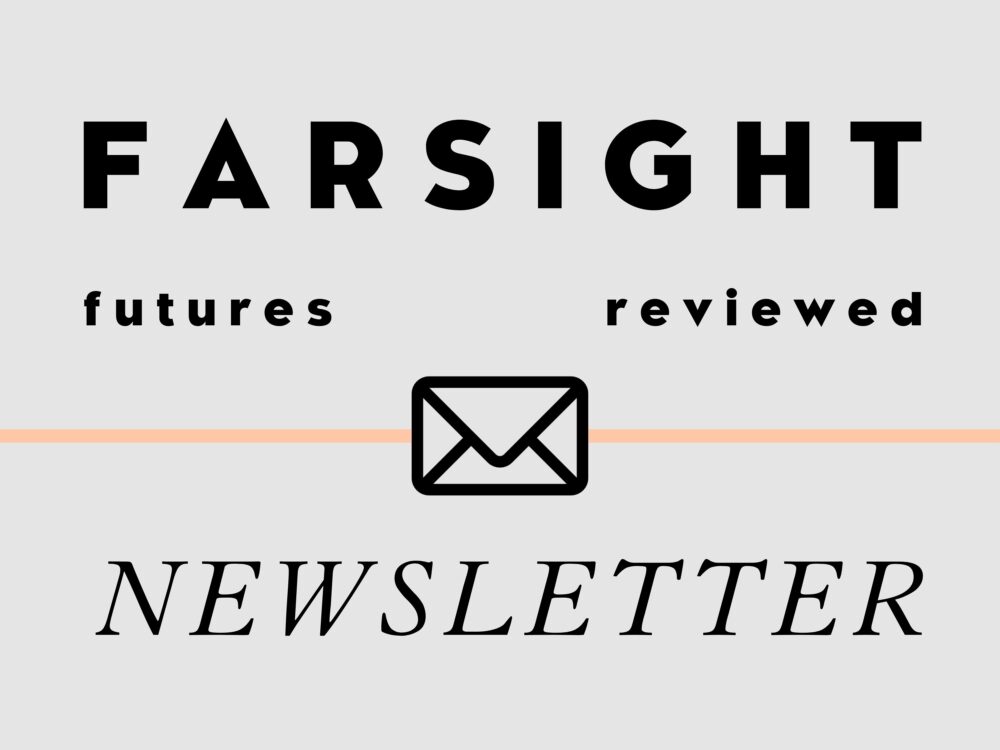
In turn, we use cookies to measure and obtain statistical data about the navigation of the users. You can configure and accept the use of the cookies, and modify your consent options, at any time.

Hope – The Pillar That Holds Up the World
Although we may acknowledge the importance of hope in an age that seems plagued by perpetual crisis, is hope genuinely practical, and if it is, what makes it so?
The latest Future 100 report, produced by the advertising giant VML, states that stress, depression, and pollution are the top three health challenges of our time, with loneliness not far behind. But their report goes on to reflect that despite anxieties about how things are going in their own lives and in the world, people remain hopeful, especially on a personal level. The key conclusions of the report (which was based on a survey of 9000 adults in America, China, Europe, and India) include a belief that “people want to reconnect with the world and each other, and that a gentle optimism is emerging.”
Immanuel Kant felt that “optimism is a moral duty.” But how valid is that sense of optimism and indeed is there any genuine hope – or should we be pessimistic – at a time when coverage of the recent World Economic Forum highlighted a depressive array of issues which suggest that hope is in short supply? That seemingly endless list included that the core beliefs of democracy are under attack, there’s a resurgence of extremist politics, views on AI are generally dystopian, economic upheaval is ongoing, we’re surrounded by global disorder and the freezing of superpower relations, and there’s a global fight for critical minerals. All of which are delivered 24/7 via a negative and divisive media narrative.

Broaden your horizons with a Futures Membership. Stay updated on key trends and developments through receiving quarterly issues of FARSIGHT, live Futures Seminars with futurists, training, and discounts on our courses.
become a futures memberOf course, there are those who instantly take an optimistic or pessimistic stance to any issue. Professor Terry Eagleton believes that those views are two sides of an irrational coin, both being predicated on unjustifiable beliefs. “If there are good reasons for believing a situation will turn out well, to expect that it’ll happen because you’re an optimist isn’t one of them. If there’s no good reason why things should work out satisfactorily, there’s no good reason why they shouldn’t, so the optimists’ belief is baseless.”
A review of his book on the subject, published by the Yale University Press, notes that Eagleton warns of the “banality of optimism as opposed to authentic hope, the radical implications of which is a species of permanent revolution and whose enemy is despair.” It is a means of facing the future without devaluing the present moment or obviating the past. Eagleton distinguishes hope from simple optimism or the doctrine of progress. “It acknowledges but refuses to capitulate to the realities of failure and defeat.”
The calamities of our time leave many wondering if there really is any hope, (as in possibilities that might just work) or if things are actually hopeless. But while we probably agree that hope is good to have, is it genuinely useful, and if so, why?
According to psychotherapist Julia Samuel, hope is an integral part of being human. “It’s the alchemy that turns your life around and we must believe that we have possibilities that will bear fruit,” she says. “So, hope is an emotion, but it’s also a way of thinking, for example having a Plan A & Plan B. Without hope we risk becoming depressed and resigning ourselves to disaster, no longer putting efforts into confronting and/or dealing with the situation that confronts us”.
And hope, it turns out, has many different manifestations. The Norwegian psychologist Per Stoknes identifies four distinct types. The first two types are variations of optimism. Stoknes’ view is that a person with ‘passive optimism’ tends to believe a positive future will simply come about on its own, or because of someone or something else. Next is ‘active optimism’. A person with this attitude has a similarly positive outlook but knows that he or she needs to put in a big effort to make this positive outcome happen. Stoknes refers to this as ‘heroic hope’. People with this attitude say things like “We’ll make it happen” or “There’s no end to human ingenuity”.
As he says, both the passive and active optimist believes in the likelihood of good outcomes. There has to be a pretty good reason for the optimism, either because things are going to end well all by themselves or because we will be able to make them come out well.

Explore the world of tomorrow with handpicked articles by signing up to our monthly newsletter.
sign up hereStoknes also argues that there two other, more sceptical kinds of hope – which can also be useful and go beyond optimism and pessimism. ‘Passive scepticism’ is a hopeful perspective in which the person isn’t sure that the future will be ok but that “we’ll weather the storm and rebuild”. This form of hope is often called ‘stoic hope’. Meanwhile, with ‘active scepticism’ the person is realistic about the threats, sceptical about it turning out ok, accepts that there’s perhaps no reason to be optimistic, but is determined to go for it anyway. This is ‘grounded hope’ i.e. “it’s hopeless – but we’re going all in.”
A practical approach to turning hope into action is presented by psychologist CR Snyder who believes that hope helps people stay motivated when walking the paths to a desired destination. Walking this path consists of both cognitive elements – focused thought, strategies, and motivation – as well as affective elements, meaning that the more the individual believes in their own ability to achieve these components, the greater the chance that they’ll develop a feeling of hope.
So, authentic hope needs to underpinned by reason, which sees reality as it is. This may be why, according to Terry Eagleton in political terms, the left are said to be suspicious of it (as they seek to break from the past) while the right find hope within it, as they imagine the glass is guaranteed to be at least half-full.
Greek mythology tells us that Prometheus stole fire from the gods, who in revenge sent the beautiful Pandora to Earth with a box that the gods warned her never to open. Upon doing so, a swarm of plagues came out to torment us. The only thing kept safe in the box was hope.
Aristotle considered hope to be “a waking dream, a wish that things might be otherwise.” But for hope to be something more practical than a dream, perhaps we should understand that it is a vital element needed to help us plan for a better future and that, crucially, hope needs to be underpinned by a relevant strategy and tactical activity that allows it to become reality.
This notion of hope requiring awareness of the long term to become productive can be linked to the famous ‘four futures’ approach created by Jim Dator who established the Research Centre for Futures at the University of Hawaii. Dator’s scenario planning framework has been used ever since and focuses on Continuation (Growth) Decline (Collapse) Discipline (Constriction) and Transformation (Disruption). It’s a way to for organisations to understand, for example, where and how their sector may or may not be expected to witness innovation and what that organisation can do to leverage potential opportunities.
It combines the hope theory of today with futures strategies of old. As Abraham Lincoln once said, “the best way to predict the future is to create it.”